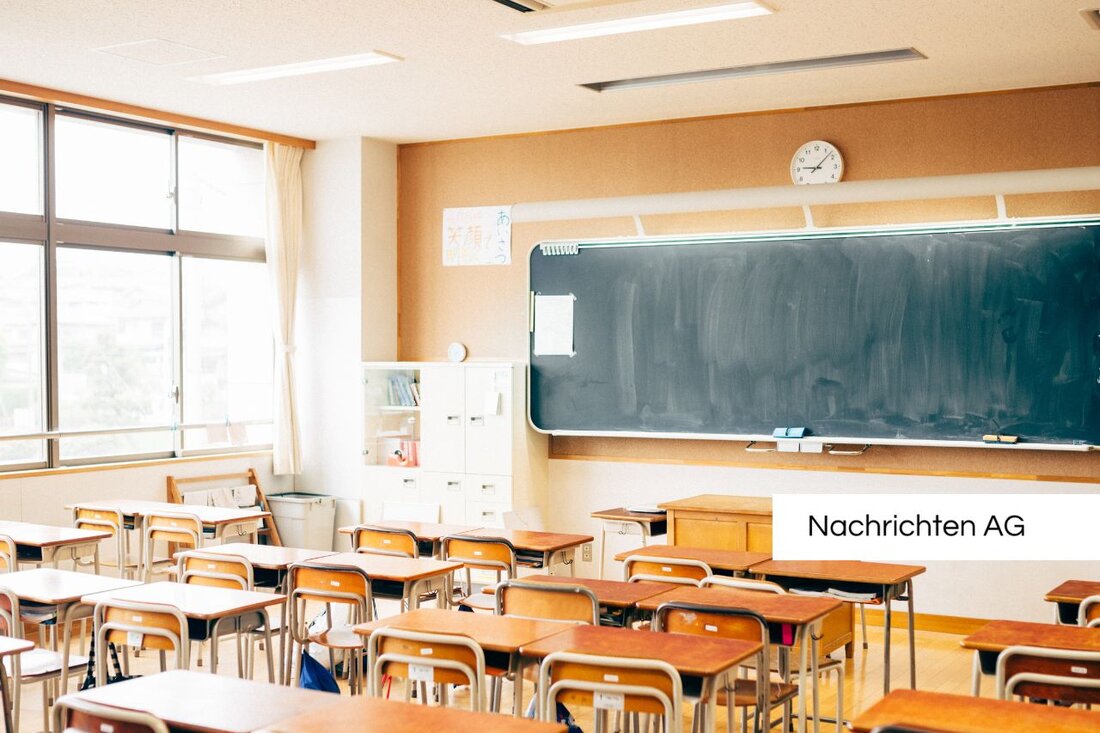Laundry day in the Rector's House: Children experience laundry care like before!
Experience the educational washing day in the Rector's House in Pinneberg, where children discover historical washing methods.

Laundry day in the Rector's House: Children experience laundry care like before!
On June 11, 2025, a very special washing day took place in the historic Rector's House in Bönningstedt, which was held for the fourth time. In wonderful sunshine and ideal laundry weather, after days of rain, ten primary school children enjoyed an educational afternoon. The event was part of the OGTS campaign “OGTS is flying out” and impressively conveyed to the participants how laborious laundry care was in earlier times.
The children took on the roles of former washerwomen and men and used traditional utensils such as yokes and buckets to fetch water. A special highlight was the filling of water in zinc tubs, whereby the local association informed those present about the washing utensils used. The kids learned how to use washboards and wooden clothespins and how laundry was strung on clotheslines back then. Washing, rinsing and spinning the laundry by hand made the event an interactive experience for the children.
Insights into historical laundry care
The demands of laundry care in the past were anything but easy. Before the invention of modern washing machines, it was necessary to soak laundry in lye the night before. On washing day, the laundry was cooked in the washing kettle, which was often fired with wood and coals in a brick fireplace. This information was conveyed, among other things, at the laundry day in the principal's house, where the children, inspired by the explanations, asked many curious questions.
Historical washing techniques were not only practiced, but also discussed in an exhibition. This shows how the laundry was removed from the suds and washed using wooden handles or spoon-like devices. It was only towards the end of the 19th century that the first tub washing machines appeared, which were operated manually and later electrically. This made laundry care much easier.
From the first washing machine to modern technology
Washing has changed significantly over the years. In 1851, James King patented the first drum washing machine, and in 1908 the Hurley Machine Company introduced the first electric washing machine. Until the 1950s, laundry and technical processes had to be carried out manually and in a time-consuming manner. With the introduction of programmable models and the use of microprocessors in the 1980s, washing became not only easier, but also smarter.
Today, energy efficiency and sustainability are among the most important aspects when purchasing new washing machines. Many manufacturers rely on advanced technologies that optimize water consumption and retain microplastics. Developments in washing machine technology remain exciting, and the future could even provide AI-controlled models that independently recognize the optimal washing parameters.
The laundry day in the principal's house will not only be remembered as an educational experience, but also as an important part of the collaboration between the school and the local community, which brings the history of laundry care to life. After “work”, the little washerwomen and men were able to enjoy a small snack and hope that this extraordinary event will be repeated soon.

 Suche
Suche
 Mein Konto
Mein Konto